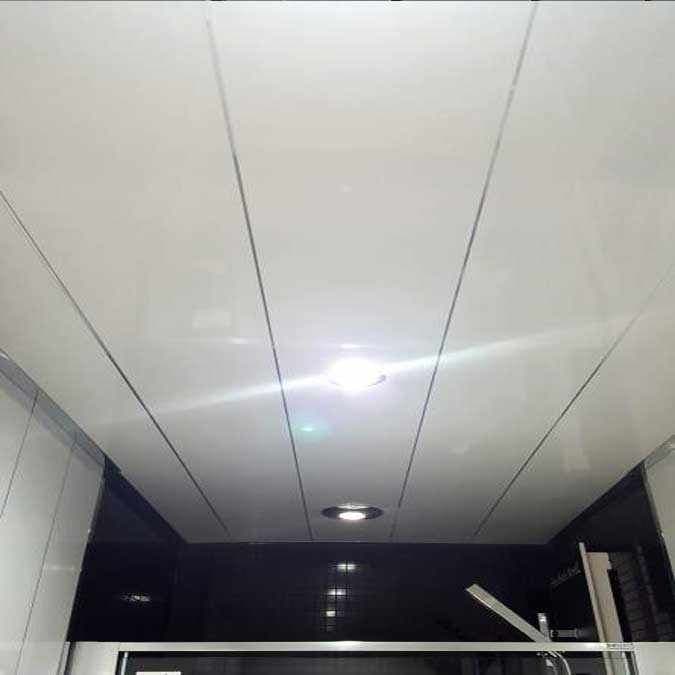
Cladding, a popular architectural technique, involves the application of an external layer to a building's structure. While it offers numerous benefits, it is essential to acknowledge the potential disadvantages associated with this practice. In this blog post, we will delve into the drawbacks of cladding, exploring its impact on aesthetics, maintenance, durability, and environmental concerns.
- Aesthetics:
Cladding may compromise the original architectural design and character of a building. The addition of an external layer can conceal the unique features and materials, resulting in a homogenized appearance. This drawback is particularly relevant for heritage buildings, where cladding can diminish their historical value and cultural significance. - Maintenance:
Over time, cladding materials may require regular maintenance and cleaning to preserve their appearance. Depending on the type of cladding used, the cleaning process can be complex and time-consuming. Neglecting proper maintenance can lead to the accumulation of dirt, grime, and pollutants, detracting from the building's overall aesthetic appeal. - Durability:
While cladding can enhance a building's resistance to external elements, it is not immune to wear and tear. Certain cladding materials may deteriorate over time due to exposure to harsh weather conditions, UV radiation, or chemical reactions. This can result in discoloration, cracking, or even complete failure of the cladding system, necessitating costly repairs or replacements. - Moisture-related Issues:
Improper installation or inadequate moisture management can lead to moisture infiltration behind the cladding. This can cause a range of problems, including mold growth, rotting of underlying materials, and structural damage. Moisture-related issues can compromise the integrity of the building and pose health risks to occupants. - Environmental Concerns:
Cladding materials often have a significant environmental impact. Some materials, such as certain types of metal or PVC, require extensive energy consumption during manufacturing and contribute to greenhouse gas emissions. Additionally, the disposal of cladding materials at the end of their lifespan can pose challenges, as they may not be easily recyclable or biodegradable.
Conclusion:
While cladding offers several advantages, it is crucial to consider its potential drawbacks. Aesthetic alterations, maintenance requirements, durability concerns, moisture-related issues, and environmental impacts should all be carefully evaluated before implementing cladding on a building. By understanding these disadvantages, architects, builders, and property owners can make informed decisions and mitigate potential risks associated with cladding.

